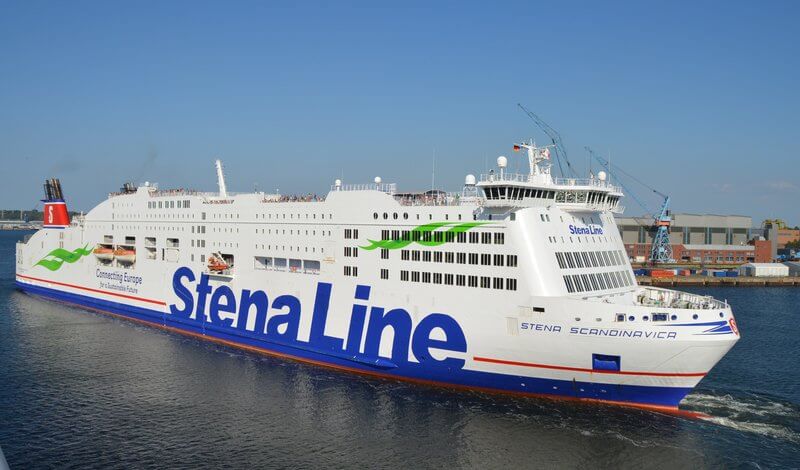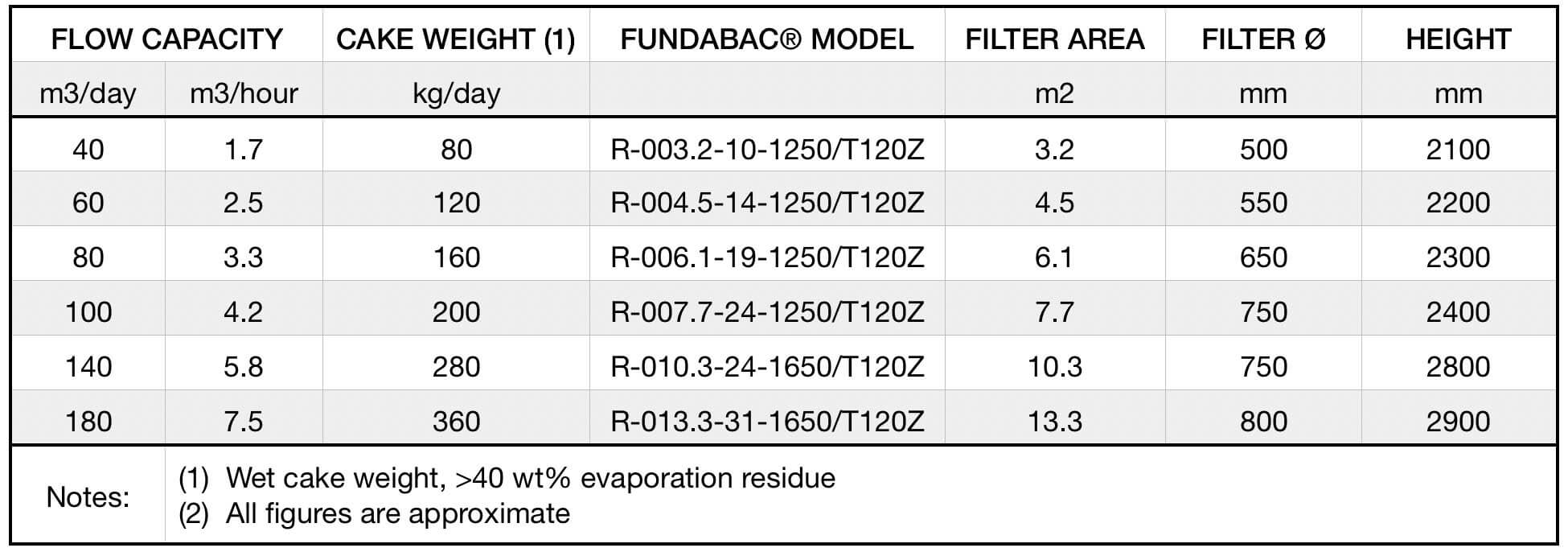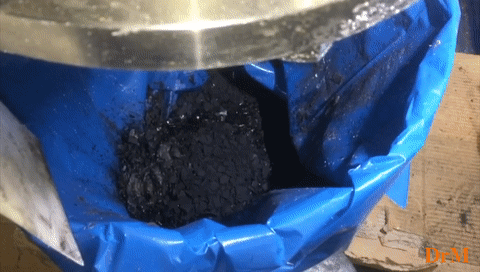Lithium Is Here To Stay – For Now
Despite intensive research with alternative materials, there is nothing on the horizon which could replace Lithium
Both Lithium Hydroxide (LiOH) and Lithium Carbonate (LiCO3) prices have been pointing downwards for the past few months and the recent market shakeup certainly does not improve the situation.
However, despite intensive research with alternative materials, there is nothing on the horizon which could replace Lithium as a building block for modern battery technology within the next few years. As we know from the producers of the various Lithium battery formulations, the devil lies in the detail and this is where experience is gained to gradually improve energy density, quality, safety of the cells.
As mobility moves forward to new grounds with many EVs being introduced nearly at weekly intervals, the industry is looking for reliable sources and technology. For those automotive manufacturers it is irrelevant what is happening in the research labs. They need the products here and now.
So, whatever the future will bring in respect to Lithium, Sodium, Hydrogen or any other promising energy concepts, the best outlook is to concentrate on steady improvements with existing products. This includes compounds such as lithium nickel-cobalt-manganese (NCM) and lithium nickel-cobalt-aluminum (NCA) cathodes which show superior energy densities to lithium iron phosphate (LFP) at a cost of greater instability. NCM cathodes are most commonly used while R&D is intensely looking for ways to reduce dependency on cobalt. One way is to increase the concentration of nickel without sacrificing on the internal crystal structure of the electrode. It seems that at higher nickel concentrations only LiOH will give stable performance while LiCO3 reduces the lifespan of the battery.
This reflects the trend to invest more into LiOH production as compared to LiCO3. And here comes the lithium source into play: Spodumene rock is significantly more flexible in terms of production process. It allows for a streamlined production of LiOH while the use of lithium brine normally leads through LiCO3 as an intermediary to produce LiOH. Hence, the production cost of LiOH is significantly lower with spodumene as source instead of brine. It is clear that with the shear quantity of lithium brine available in the world, eventually new process technologies must be developed to efficiently apply this source. With various companies investigating new process we will eventually see this coming. But for now spodumene is a safer bet.
With its impressive experience gained in this industry, DrM is actively involved with a number of technology companies developing purification stages with the target to improve efficiency and streamline the process. Both for spodumene and brine as source material, we are being contacted as a technology partner to provide equipment and know-how as early in the development stage as possible. With pilot equipment readily available in strategic places such as Australia, Chile, Argentina, China, Korea and Japan we can ensure quick turnarounds and provide flexibility in the often complex decision-taking process.








